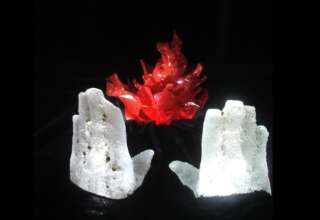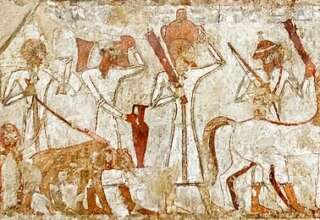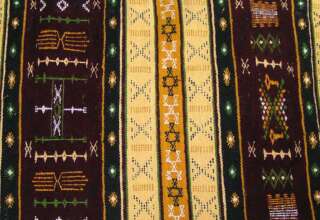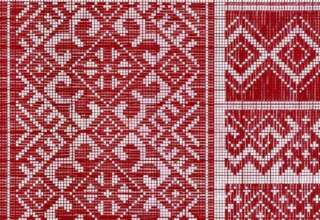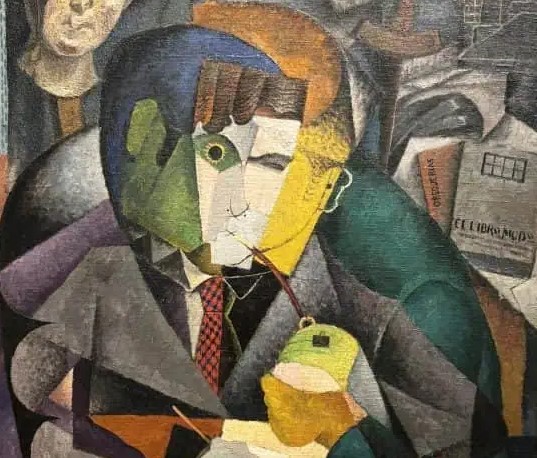
Although the Constitutions of 1857 and 1917 put limits on the role of the Catholic Church in Mexico, Catholicism remains Mexico’s dominant religious affiliation. In the 2020 census, 77.8% of the population were Catholic. 11.2% belong to Protestant/Evangelical Christian denominations. 8.1% of the population declared no religion. 0.4% were unspecified. The 97,864,218 Catholics of Mexico constitute in absolute terms the second largest Catholic community in the world, after Brazil’s. Pentecostalism is the second Christian creed in Mexico, with more than 1.3 million adherents. Migratory phenomena have led to the spread of different aspects of Christianity, including branches Protestants, Eastern Catholic Churches and Eastern Orthodox Church. In the 2020 census, there were 58,876 Jews in Mexico. The presence of Jews in Mexico dates back to the 16th century when Spaniards arrived in the Americas. The modern Jewish Community began to be formed in the late 19th and early 20th century when Jews from Europe and the Ottoman Empire immigrated to Mexico due to instability and antisemitism.
Education and Health
In 2020, the literacy rate in Mexico was 95.25%, a slight increase from 94.86% in 2018, and significantly higher than 82.99% in 1980. Literacy between males and females is relatively equal. In the 1930s, Mexico made a commitment to rural health care, mandating that mostly urban medical students receive training in it and to make them agents of the state to assess marginal areas. Since the early 1990s, Mexico entered a transitional stage in the health of its population and some indicators such as mortality patterns are identical to those found in highly developed countries like Germany or Japan. Mexico’s medical infrastructure is highly rated for the most part and is usually excellent in major cities. Rural communities still lack equipment for advanced medical procedures, forcing patients in those locations to travel to the closest urban areas to get specialized medical care.
Culture
Mexican culture reflects a long and complex history of interactions between various peoples through migration, conquest, and trade. Three centuries of Spanish rule resulted in the blending of Spanish culture with those of different indigenous groups. Efforts to assimilate the native population into Christian European culture during the colonial era were only partially successful, with many pre-Columbian customs, traditions, and norms persisting regionally (particularly in rural areas) or becoming syncretized; conversely, many Spanish settlers integrated into local communities through acculturation or intermarriage. However, a high degree of stratification along the lines of class, ethnicity, and race perpetuated distinct subcultures.


